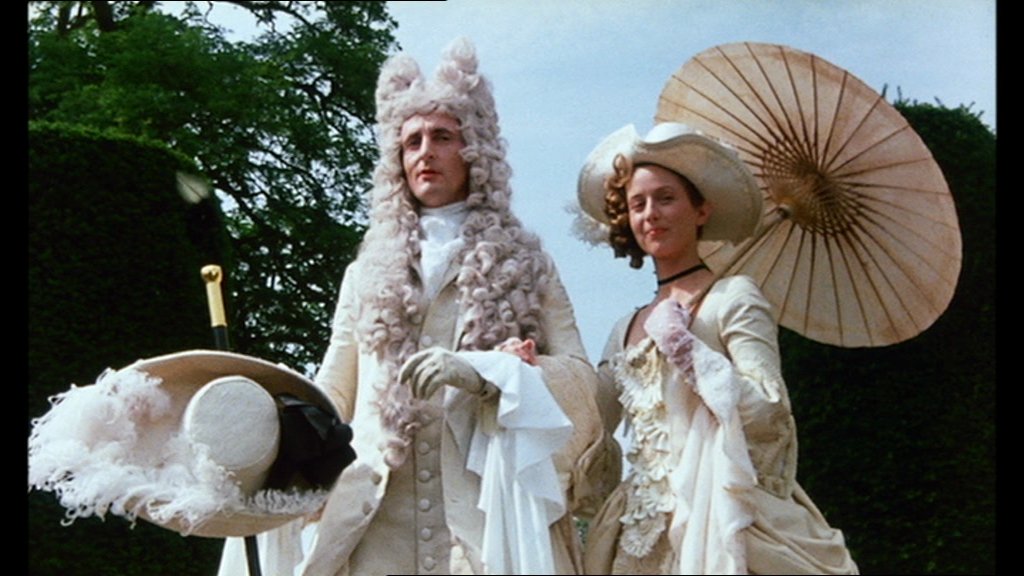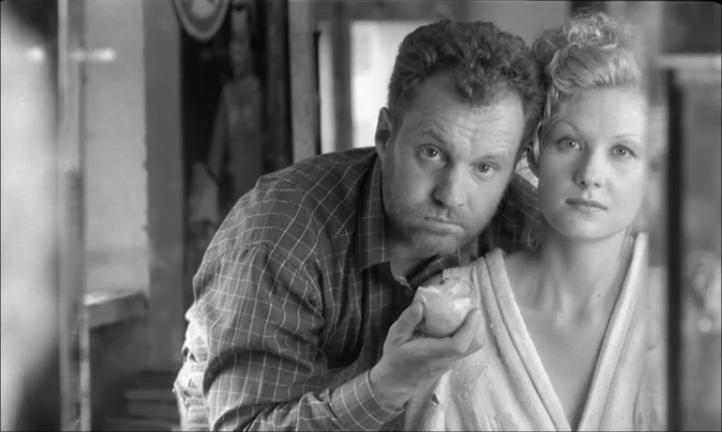The era of postmodernism most clearly experienced its heyday in world culture since the second half of the twentieth century and actually turned the human perception of art and beauty. Such vivid films as “Pulp Fiction” by Quentin Tarantino, the domestic “Assa” by Sergey Solovyov and many others, were created just at the dawn of postmodernism in the cinema. What else distinguished and remembered the style of the world cinema community?
What is postmodernism in the cinema?
The art of the last century was distinguished by surrealism and abstractionism. Malevich and Dali wrote on their canvases “nothing” from nowhere, the phenomenon of nothingness, into which various meanings can be put. Each observer sees something different in these pictures. But painting, poetry, cinema - all types of art, together with their creators, have reached an impasse. And this dead end is best reflected in Black Square. Creative people have only one question: what to do with the current crisis? And then the post-non-classical philosophy is replaced by a game called post-modern. This is an answer to modernism and an attempt to find answers to what modernists did not find at one time.
Below are the best films of postmodernism.
Draftsman Contract by Peter Greenaway
This film perfectly shows postmodernism in the cinema of the 20th century. The picture is noteworthy because in it such a concept as human morality completely disappeared, and the main characters are depraved, they do not think about what is happening, but enjoy life. The magnificent rich interior of the 17th century, expensive clothes - everything is fine here, but the heroes only do that they lie and weave intrigues.

The plot focuses on the artist Neville, who signed a contract according to which he should write 12 paintings of his rich estate by the arrival of the head of the family. But then it turns out that each image contains evidence of crime. And, apparently, no one will arrive, since it is the head of the family who is dead. But the hero does not care about what is happening, he draws, admires the world around him, and the fact that he can become an accused is true, by the way. Murder, false accusations, contracts for sexual services and blackmail - the film is full of everything that was not on the screens before. This is the theater of the absurd. A picture that cannot be taken unambiguously, it shows the human negative side as vile as it can be, and asks you not to become like heroes, if you have no desire to live an empty ridiculous life.
“Pulp Fiction” by Quentin Tarantino
“Pulp Fiction” is an example of how the moral evaluation of heroes disappears in the postmodern movie, as they are initially shown in a ridiculous way. But not enough to kill suspense - the tension in which the plot keeps the viewer. Here dialogues come to the fore, and their stylistic approach becomes the cause of multiple quotes.
The film itself is a black comedy, where several stories of different people are intertwined, which gave such a development of events. Everything is awkward, at first incomprehensible, and this is the main feature of the film. The picture was the impetus for the development of American independent cinema.
In the plot, all events and storylines (six were planned) were mixed and shown in the wrong order. Tarantino’s creation was awarded the Oscar, the title of one of the best films of all time, and many people saw and remember the dance of John Travolta and Uma Thurman, regardless of whether they watched the film or not.
"Assa" by Sergey Solovyov
"Assa" - one of the first domestic films, which is an example of postmodernism in the cinema. The picture tells the story of Russian rock.
Such musical groups as “Cinema”, “Bravo” and “Aquarium” were involved in the creation of the film. Probably, in this regard, the film became the embodiment of the flow of rock in Russia, which reached its peak by the end of the eighties. In the center of the plot is a love triangle, around the participants of which the dramatic and sometimes criminal events of the film unfold.
"Adjuster" Kira Muratova
The work of director K. Muratova is a vivid example of postmodernism in Russian cinema. "Adjuster" is an interpretation of the works of the famous Moscow detective of Tsarist Russia, Arkady Koshko. The picture was created in 2004 and nominated for 7 Nika awards, of which three were awarded: For Best Actress (Alla Demidova), For Best Actress in a Supporting Role (Nina Ruslanova) and For Best Director " Also, the picture received the main prize - the "Golden Lily" of the German International Film Festival of Central and Eastern European films.

The events of the picture unfold in tsarist Odessa, the central figure of the plot is the piano tuner Andrei (George Deliev), whom the case brought together with two rich friends Anna (Alla Demidova) and Lyuba (Nina Ruslanovna). Andryusha himself considers himself the happiest, but at the same time the most unhappy person in the whole world. Happy, because he is madly in love with a girl named Lina (Renata Litvinova), and she has mutual feelings for him. But the trouble is that she is from a wealthy family and is used to luxury, and his honest work brings only a penny. The lack of money in the protagonist is what prevents lovers from living happily together. And in a state of despair and grief, Andrei is already becoming ready for anything, even breaking the law, to solve his problem. But he does not want to resort to violence, so he comes up with a sophisticated plan to rob two new rich acquaintances.
What else is the cinema of postmodernism famous for
In addition, the features of postmodernism are manifested in such films as Altman's McCabe and Mrs. Miller, F. Coppola's The Godfather, Scott's True Love, and others. Francis Ford Coppola's crime drama not only acquired cult status, but became one of the most significant in the history of cinema.